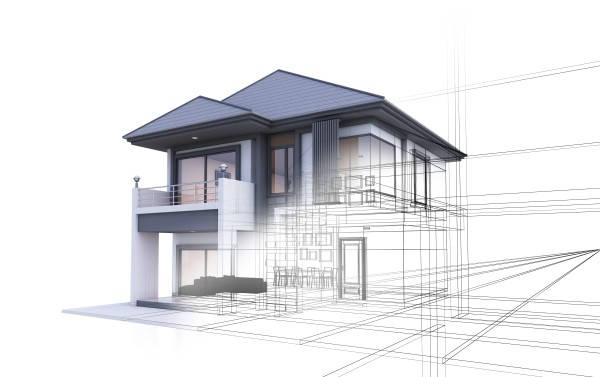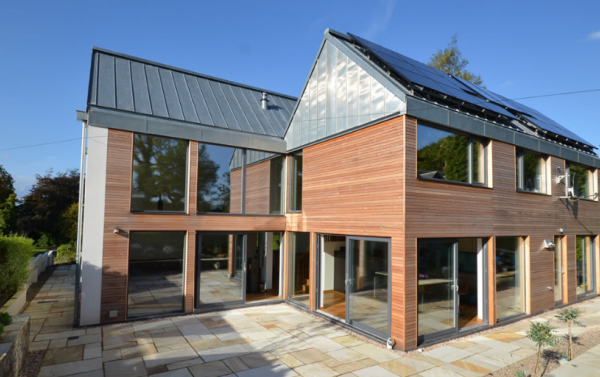An easy guide to the fabric first approach
To understand the fabric first approach, we must become one with the fabric! Breaking this concept down into the bare bones allows all self-builders, from rookies to veterans, to grasp this approach and use it for what it’s worth. So, we think the best way to explain the fabric first approach is by talking about the fabric first (ironically).
What is fabric?
The word ‘fabric’ is usually contained within fashion or textiles, or even as a popular venue for London ravers. But when we mention the fabric of a home, or the more professional term ‘building fabric’, this relates to the building envelope which is the physical elements separating the indoor environment from the outdoor. This consists of things like frames, structure and insulation in elements like walls, floors and roofs, and is important to maintain a comfortable indoor environment.
The fabric first approach is simple; it's carefully considering the design and construction of your building envelope in the initial design stages, before any building work begins. By using high performing materials and adapting the principles of air tightness and ventilation, you can minimise the energy needed to heat and cool your home.
Some of us might see a house covered in solar panels and think ‘now that’s a sustainable eco home!’, and while these are certainly good things to do, getting the fabric right will give you the best rewards. You could even say that a fabric first build is like the dark horse of low-energy building, because from a glance you’d never know how energy efficient and comfortable they are.
The five fabric factors
Now we know what the fabric means, we can start explaining how to use the fabric first approach to build an efficiently sustainable home. And to achieve the best results, a self-builder must recognise the different factors involved to minimise energy consumption.
- High-Quality Insulation
- Promotes heat retention
- Reduces heat loss
- Increased Air-Tightness
- Consider air leakage through gaps/cracks in the building envelope
- The best result is dependent on the construction method
- Structural Insulated Panels (SIP) or Insulated Concrete Form (ICF) generally provide great air-tightness
- Check the frames on windows and doors
- Avoid Thermal Bridging
- Thermal bridging occurs in areas with higher thermal conductivity, allowing an easier path for heat loss e.g. where the floor and walls meet
- Consider your insulation system to reduce thermal bridging
- Maximise Solar Gain
- Think about your build orientation
- Choose your window positions carefully
- Consider triple glazed windows for further heat retention
- Natural Ventilation
- Reduces condensation and mould
- Consider a low-level air inlet for fresh air, and a high-level vent to remove stale air
- Think about the amount of wind around your location
All of these factors are under the umbrella of the fabric first approach, and if you are able to weave these into the design of your build then you’ll be skipping around a sustainable home in no time. By prioritising the design of a low-energy build, you’ll be able reap the benefits for years to come through reduced running costs and a comfortable, warm home.
Read up on the different types of insulation and where to use them in our insulation guide.

The technical side of fabric
By now we hope you have gained a better understanding of how a fabric first approach can benefit your self-build. And if you’re feeling confident, we thought we would mention a very helpful piece of software used by professionals to accurately assess a build design.
The Passive House Planning Package (PHPP) is a design software that uses building physics algorithms to produce reliable results that promote low-energy construction. This might sound a bit too techy but it is worth having a look into, or even just chatting to your architect or designer as it can show some really helpful statistics regarding your design ideas.
So, just remember; when you’re planning your self build, the fabric of your home is not about what colour the carpet is, it’s about the materials that make up the structure of your home. These are the pieces of the puzzle that can bring the best benefits. And now that you’re a fabric first expert, why don’t you take a look at our post about why you should get involved in choosing the right materials for your self-build.


